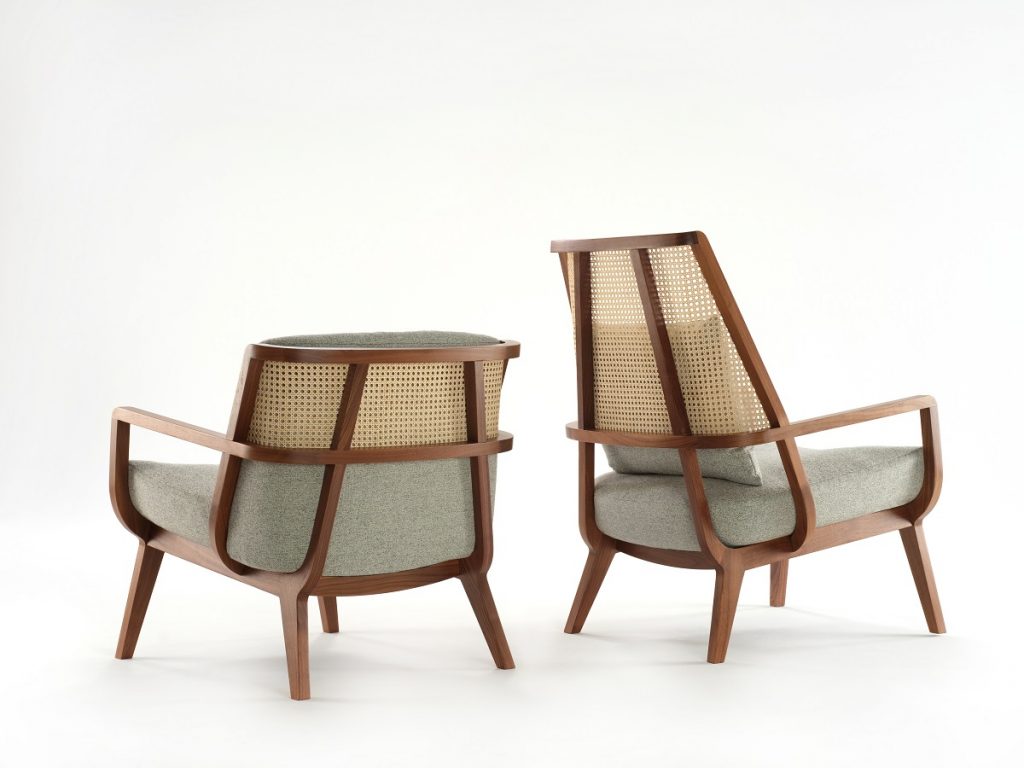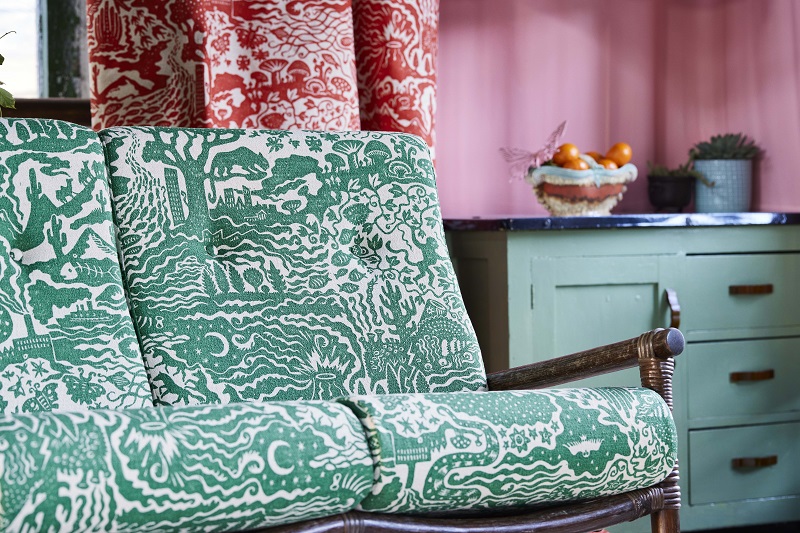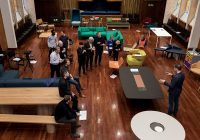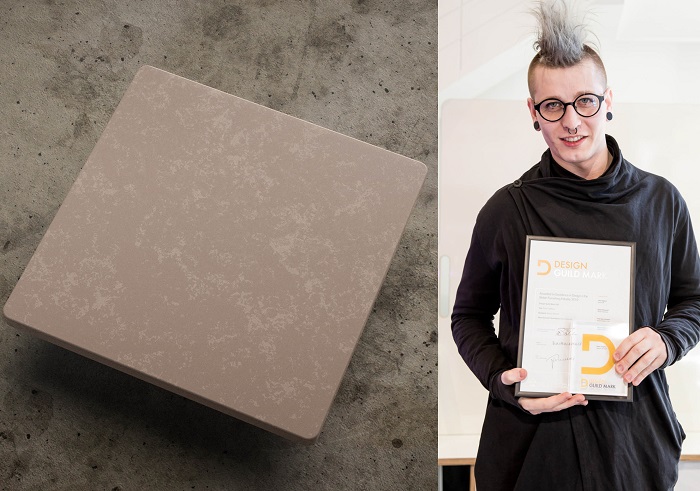
Atticus Durnell graduated in 2018 from the University for Creative Arts in Rochester in Product Design and he’s wasted no time in making an impact in the design community, as earlier this year he was awarded a Design Guild Mark in the 2D category for his sustainable surface material, That’s Caffeine.
Made from coffee grounds gathered from coffee shops, That’s Caffeine can be used to create a line of lighting, furniture and fittings.
Atticus believes that designers hold responsibility for the future of our planet and hopes his work has a global impact on future energy and waste reduction.
We recently spoke with Atticus to hear more about the ingenuity behind this design.
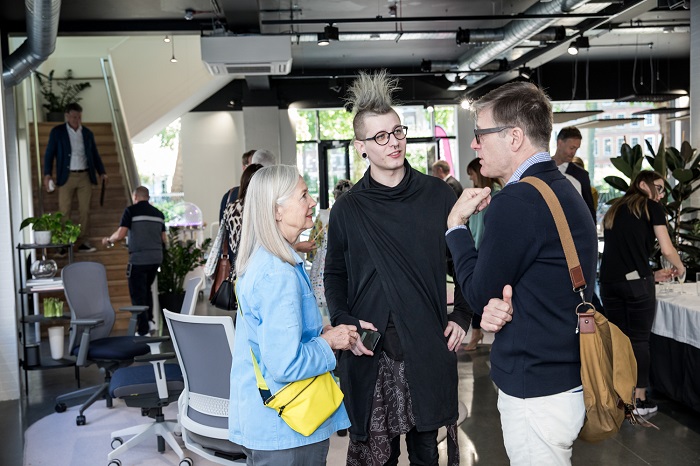
What initially inspired you to make this product?
I was always interested in recycled and upcycled design. I’m highly inspired by Bentu Design, which are making remarkable, high-end products made out of waste. I learned about Kaffeeform and then did more research to find the implications of coffee grounds being left en masse in landfill. I started working on a project that would combine Bentu principles and craft with Kaffeeform coffee initiative.
Can you explain the concept for That’s Caffeine?
That’s Caffeine is a unique material created from recycled coffee grounds. Its discovered process allows the creation of a range of products and surfaces that offer new and exciting design possibilities for both interior and exterior projects.
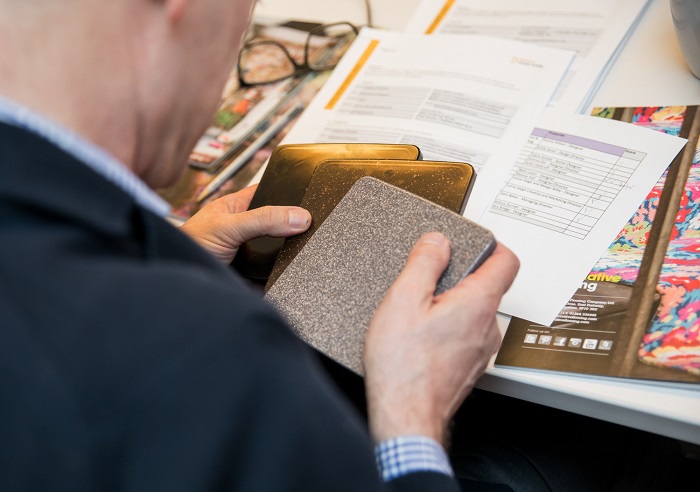
Who does That’s Caffeine appeal to?
I like to think it will appeal to those conscious about sustainability. But by bringing aesthetic of granite to the picture I believe it will interest a wider audience.
How long did the design process take?
That’s Caffeine started as a university project and its first form took place following six months of research, design and experimentation.
What modifications did you make along the way?
As a student, I started my concepts with regular Polyurethane resin to test the initial plausibility of the idea. I soon started experimenting with natural binders or uncommon processes to make the entire product/material true to the cause. Compared to what I started with and the journey That’s Caffeine has made, it’s truly incredible.
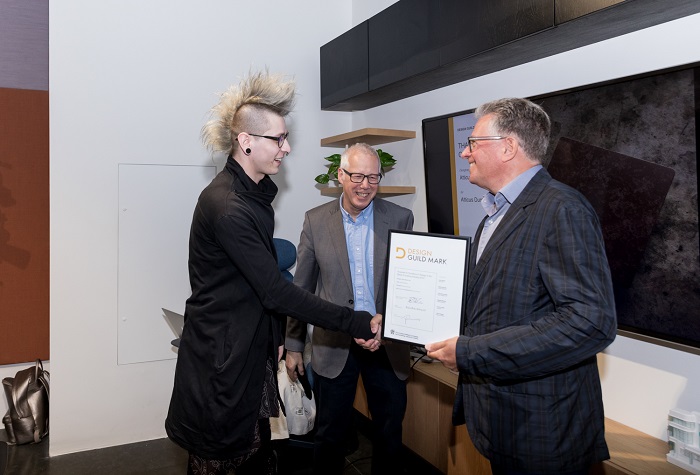
In what way do you think this design is different from anything else available on the market?
The public is used to thinking that the recycled design looks like granola. With That’s Caffeine, you can’t tell on first glance that it’s made out of coffee. The material is aspiring to compete as an alternative.
What was the most challenging aspect of the design?
Getting the material to react the way I wanted. Mixing ratios and finding research helpful in the iterations.
For more information about That’s Caffeine and Atticus, go to www.atticusdurnell.com



